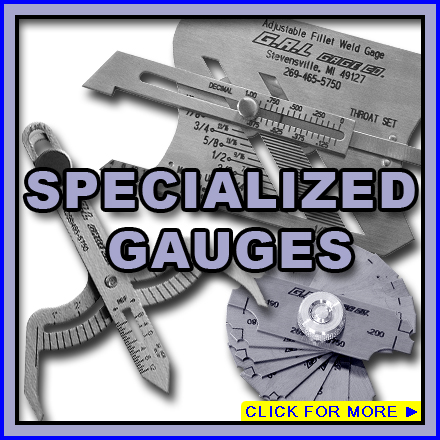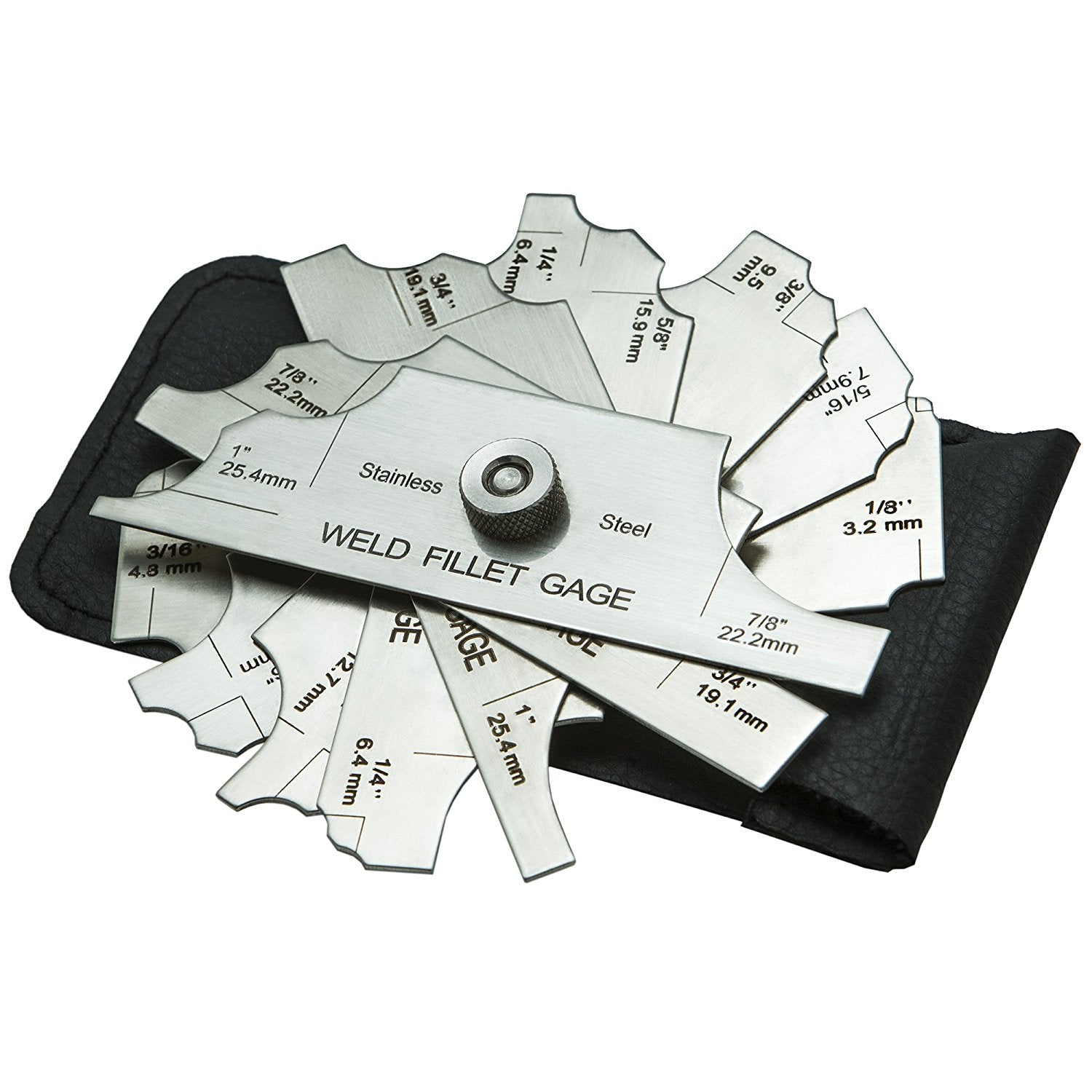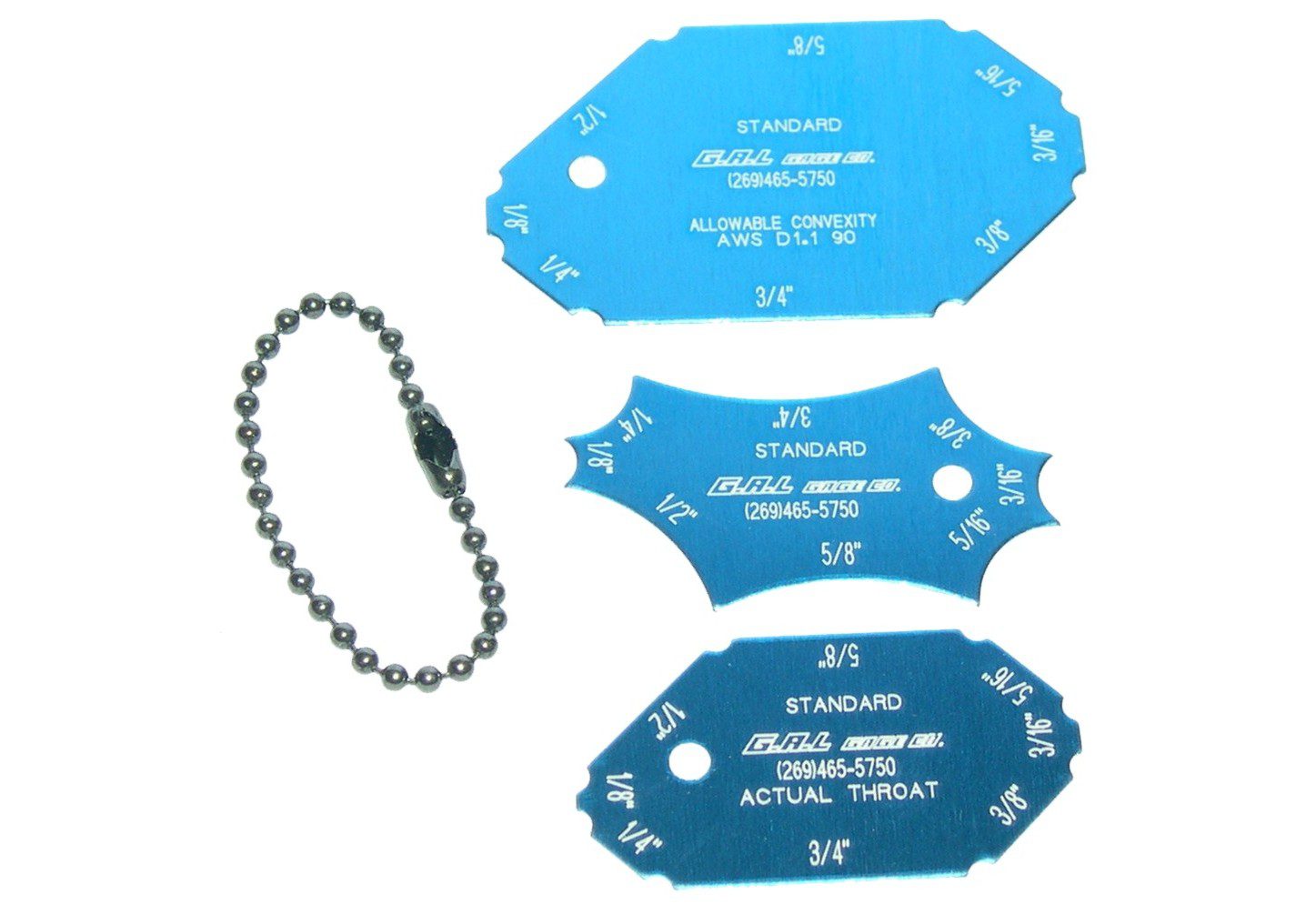Cutting-edge Methods to Fillet Weld Examination and Screening: Enhancing Weld Quality and Compliance Specifications
In the realm of welding, the top quality and integrity of fillet welds play a critical duty in guaranteeing the structural soundness and reliability of various commercial components. With the continuous drive for boosted performance and compliance with strict criteria, the exploration of cutting-edge methods to fillet weld evaluation and testing has ended up being critical. As industries evolve, the conventional approaches may no much longer suffice in satisfying the demands of contemporary welding applications (Gauge Fillet Weld). By accepting sophisticated innovations and techniques, a brand-new perspective of possibilities arises in the realm of weld quality evaluation and adherence to conformity standards.
Advanced Non-Destructive Testing Approaches
Using advanced modern technologies, progressed non-destructive testing approaches play a crucial function in making certain the honesty and top quality of fillet welds. These methods, such as phased array ultrasonic screening (PAUT) and magnetic bit screening (MPT), offer in-depth insights right into the weld's interior structure without causing any kind of damages to the material. PAUT, for instance, uses several ultrasonic aspects to examine the weld from numerous angles, providing an extensive visualization of prospective flaws like absence of blend or splits.
By using these innovative non-destructive testing methods, weld assessors can precisely assess the high quality of fillet welds, making sure compliance with industry criteria and policies. The capacity to identify flaws early on not only improves weld top quality yet likewise stops pricey rework or failures in architectural honesty, underlining the importance of these ingenious screening strategies in welding examinations.
Robotics and Automation in Evaluation

The combination of robotics and automation has revolutionized the inspection process for fillet welds, improving efficiency and accuracy in top quality analysis. Robotics offer specific control and repeatability in examining welds, making sure consistent and reliable outcomes. Automated systems can be programmed to adhere to certain assessment courses, making certain thorough coverage of welds and decreasing the threat of human error.
Robotic inspection systems equipped with sophisticated sensing units can detect and measure weld functions with high precision, offering in-depth data for evaluation. These systems can identify defects such as cracks, lack of combination, and porosity, allowing prompt corrective activities to be taken. Additionally, robotics and automation permit real-time data collection and evaluation, offering immediate comments to drivers and promoting fast decision-making processes.
Moreover, using robotics and automation in fillet weld evaluation improves overall efficiency by decreasing evaluation times and boosting examination throughput. By enhancing the inspection process, suppliers can make certain weld high quality and conformity requirements are fulfilled successfully, ultimately resulting in cost financial savings and improved item quality.
Making Use Of Expert System for Analysis
Fabricated knowledge plays a critical duty in boosting the efficiency and accuracy of analysis in fillet weld evaluation procedures. AI formulas can swiftly refine large quantities of data from weld inspections, finding issues or variances that might be testing to identify with read this the nude eye.
Moreover, AI systems can gain from past examination data, continuously boosting their capacity to determine possible defects and inconsistencies in fillet welds. This adaptive understanding capability enhances the total quality control process, lowering the likelihood of human error and making certain that welds meet the required requirements. By integrating expert system right into fillet weld analysis, industries can attain higher levels of effectiveness, consistency, and conformity in their inspection practices.
Portable Equipment for On-Site Assessment
Enhancing field assessment performance, the fostering of mobile tools reinvents on-site analysis processes for fillet welds. These tools use versatility and comfort, permitting examiners to perform thorough examinations in various areas, consisting of tough or remote atmospheres. Portable tools such as ultrasonic screening tools, magnetic fragment evaluation tools, and electronic radiography systems give real-time data and high-resolution imaging capabilities, enabling quick decision-making and prompt feedback on weld quality.
One significant benefit of mobile devices is their capacity to enhance evaluation procedures, lowering downtime and boosting general performance - Gauge Fillet Weld. Assessors can quickly carry these tools to different task websites, removing the demand for delivering hefty machinery or components to off-site centers. Additionally, the transportability of these tools promotes cost-effectiveness by decreasing transportation expenditures and speeding up assessment timelines
In addition, using portable devices for on-site evaluation promotes proactive top quality control steps, as inspectors can promptly identify and attend to any possible welding flaws or discrepancies. By including these innovative modern technologies right into on-site assessment practices, welding experts can make certain compliance with sector standards and improve weld top quality, ultimately causing improved structural stability and safety and security in various welding applications.
Combination of Data Monitoring Solution

Having actually enhanced on-site examination procedures via the utilization of portable devices, the next stage involves the seamless assimilation of data monitoring systems to better boost effectiveness and data evaluation abilities in fillet weld assessment and testing. By incorporating data monitoring systems right into the inspection procedure, organizations can enhance data collection, storage, and evaluation. This integration permits real-time surveillance of weld quality, immediate recognition of issues, and timely decision-making to rectify any kind of issues that might develop during the assessment process.
Data monitoring systems play an important duty in streamlining assessment data, promoting easy accessibility for authorized personnel, and making sure information integrity and safety. Via the combination of these systems, assessors can create extensive reports, track historic information for trend analysis, and enhance total process efficiency. The assimilation of information administration systems enables seamless communication between different stakeholders involved in the evaluation process, promoting partnership and improving general top quality control procedures. Eventually, the integration of data administration systems serves to elevate the criteria of fillet weld inspection and screening, ensuring conformity with industry policies and boosting weld high quality.
Final Thought
Finally, cutting-edge strategies to fillet weld evaluation and testing have considerably enhanced weld quality and conformity standards. Advanced non-destructive screening techniques, robotics, automation, artificial intelligence, portable tools, and data administration systems have actually revolutionized the means weld inspections are conducted. By utilizing these modern technologies, markets can guarantee that welds satisfy the useful content needed high quality criteria and policies, eventually boosting total efficiency and safety and security in welding procedures.

Having actually enhanced on-site assessment processes via the usage of mobile tools, the next phase entails the smooth combination of data management systems to even more boost efficiency and data analysis capacities in fillet weld inspection and screening. Eventually, the assimilation of data management systems offers to raise the requirements of fillet weld assessment and screening, making certain compliance with market guidelines and boosting weld quality.

Comments on “Gauge Fillet Weld Explained: From Fundamentals to Advanced Techniques”